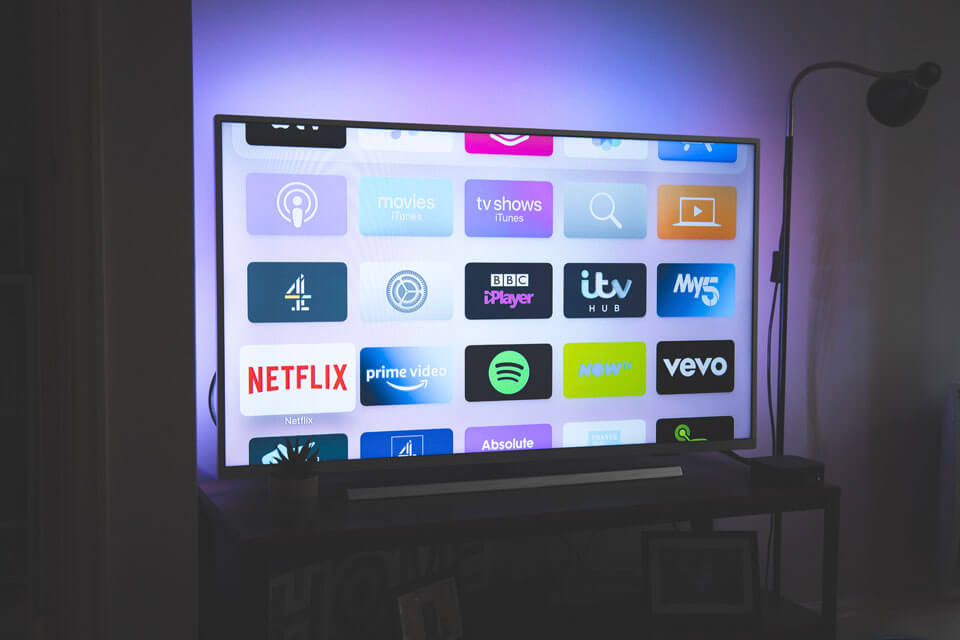
15Sep2016
Industry Reviews
Comments: No Comments.
16-09-2016
From time to time, technology comes up with something new to remind us of how convenient our lives have become. The birth of Uber, a social sharing platform that connects passengers and drivers, is a worthy example of such reminder. Cut out all the details, Uber allows people to travel around in cars not theirs with only smartphones as companions. The idea alone sounds so fantastic that Uber’s dazzling development seems virtually inevitable. The same goes for Grab and DiDi Chuxing – Uber’s greatest followers and also competitors. Uber is operating in 488 cities in the world, Grab is becoming a major force in 650-million-people South East Asia, and DiDi Chuxing has just acquired the very Uber’s China in a $35 billion deal in 2016.
Originating in different places, the paths of these three companies have crossed many times, and will soon converge again in Vietnam. Uber and Grab have already run their businesses there, while DiDi Chuxing is expected to enter the neighbor’s market within a few years. The number of Vietnam’s population by itself is tempting enough, and this country affection for technology just grows with time. In fact, Vietnamese customers swiftly gave Uber and Grab the kind of warm welcome that is virtually unprecedented. Regarding this matter, B&Company Vietnam has conducted an online survey with the participants are Vietnamese passenger transportation service users. In the survey, 34% of the respondents claim to use applications like Uber and Grab when they want to find a taxi; 28% use the applications “several times a day or a week”; and 40% use “a few times a month”.
This popularity is certainly validated. Besides the awesomeness naturally embedded in cutting edge technology, taxi applications have actually offered many practical benefits for their users. In B&Company’s survey, 68.2% respondents agree that using new kind of taxis is cheaper than using traditional ones. UberX package only charges passengers VND 5.000 per kilometer[1], while the average fare of traditional taxis for the same distance is around VND 11.000[2]. In addition to lower cost, 57.8% respondents feel that taxi applications make it easier to arrange a car. Why wasting energy standing by the pavement and waving, or dialing and speaking dozens of words to some random strangers at call centers, when a few touches on a smartphone’s screen will do all the work? After all, minimizing physical and verbal efforts seems to be the top priority of current generations.
Without a doubt taxi applications have been a fresh air sweeping across Vietnam’s playground of passenger transportation. However, fresh doesn’t necessarily mean healthy, at least for the traditional taxi industry. Veteran player Vinasun is struggling through 2016, when its first-quarter profit fell short of target by 73% and the whole year’s net profit is forecasted to decrease by 20%[3]. On November 19, 2015, Hanoi Transportation Association even held a seminar focusing on negative consequences caused by Uber and Grab, in which small and medium traditional taxi firms like Van Xuan and Thanh Nga also portrayed themselves as victims of Uber and Grab’s unfair competition[4].
So what exactly is this alleged unfair competition? Basically, traditional taxis are subjected to a set of legal requirements specifically designed for passenger transportation business, including administrative procedures, taxes and fees, uniform and training for drivers, etc. Meanwhile, models like Uber and Grab are currently exempted from such obligations, thus their operational costs would be much lower than those of their traditional counterparts. As costs are eventually channeled into the price, Uber and Grab easily outmuscle the likes of Mai Linh and Vinasun in the battle of offering cheaper fares. This issue of biased legal treatment has been the main weapon of traditional taxi firms and associations, whose formal requests calling for stricter regulations on Uber and Grab have been submitted to governmental authorities.[5]
The battle is not just confided to legal front; traditional taxi firms have carried out big innovations to cope with the troublesome high-tech invaders. Mai Linh, Vinasun, Taxigroup have all introduced their own versions of taxi applications running on Android, iOS, and Windows phones[6]. On Google Play, the apps have recorded around 10.000, 50.000, and 1.000 downloads respectively. On a different note, Vinasun and Grab have been both entrusted by Ho Chi Minh City’s Department of Transport to conduct the pilot project known as “Application of IT in supporting the management and connection of commercial passenger transportation by contract”[7]. The pilot project will last from 2016 to 2018, featuring a love-hate relationship as Vinasun and Grab would find themselves as both nemeses and partners. Elsewhere, the green powerhouse Mai Linh is focusing on its first, and also Vietnam’s first, eco-car project. Activated in 2015, the project’s target is 10.000 electric taxis running on Vietnam’s street by the next decade. Mai Linh already imported 100 Renault Fluence zero emission units on June 2016 to kick the project off in Hanoi[8].
Right now, either traditional players or high-tech challengers can confidently claim victorious. But to a certain extent, both sides have benefited from the battle: they all become more efficient and more competitive. By fighting each other, Mai Linh, Vinasun, Uber, Grab, etc. are getting themselves prepared for the huge waves of opportunity ahead, when Vietnam’s socio-economic developments are showing many favors towards passenger transportation industry. According to reports provided by General Statistics Office of Vietnam, population of Hanoi and Ho Chi Minh City has been consistently rising for the last 10 years. The capital and the southern metropolis have experienced compound population growth rates of 2.5% and 2.7% respectively; their numbers of residents climbed from roughly 6 million and 6.3 million in 2005 to above 7.5 million and 8.2 million in 2015. On the surface, an expansion of population usually means an increase in prospective customers. Below the surface, more people means worst traffic crisis, which will force the government to restrict private ownership of certain vehicles. Hanoi has already announced a plan to ban motorbikes in the downtown area from 2025 to prevent disastrous traffic jams[9], indirectly paving the way for the blossoming of passenger transportation industry.
Of course not every socio-economic movement would bring such straightforward, one-way impact. For example, car sale volume in Vietnam is surging. Marklines, the Automotive Industry portal, confirms that the number of cars purchased by Vietnamese has increased by 45% per year for the last five years (80562 in 2012 to 244914 in 2015)[10]. The mixed effect this piece of information brings onto the table is that while car ownership deducts demand for taxi services, it also adds to the number of service providing units for IT-based firms like Uber or Grab. These kinds of contradictions are greatly responsible for the complexity of Vietnam’s market – a market that appears to be hugely attractive but sometimes difficult to make sense. For now the only safe suggestion is that all predictions at this early stage stand equal chance of being right or wrong. Who will be the final champion? Uber, Grab, DiDi Chuxing, Mai Linh, Vinasun, or some other contestants that have yet to reveal themselves?
B&Company Vietnam



